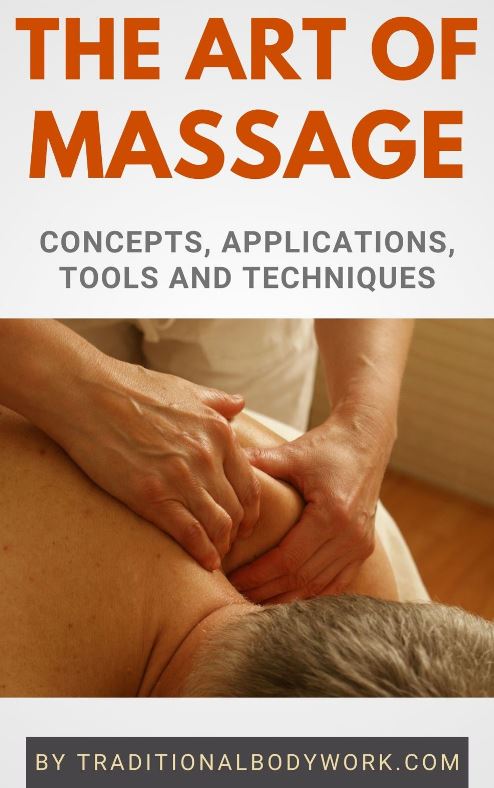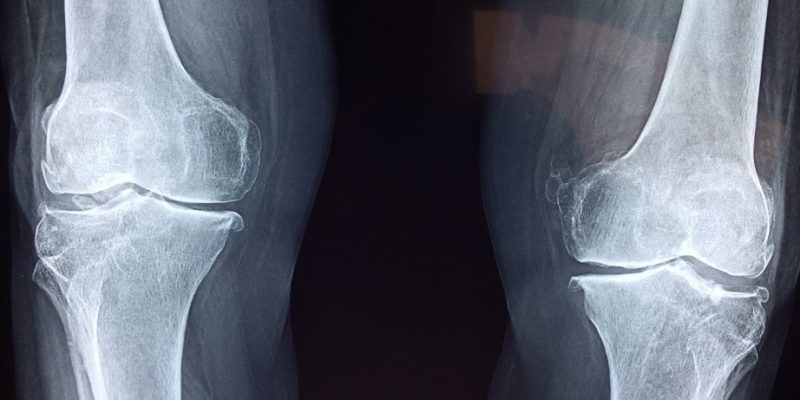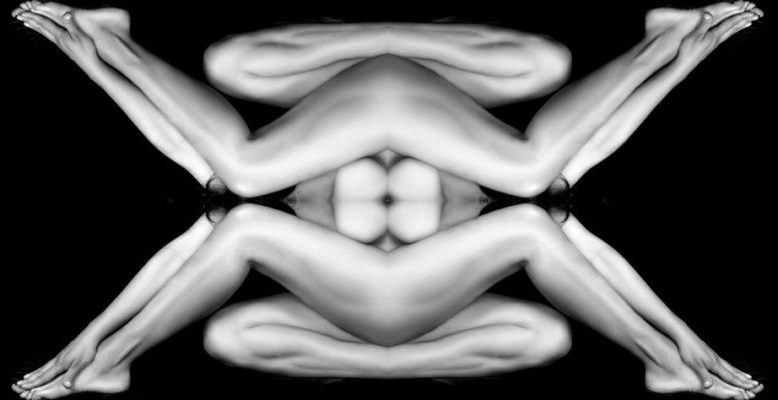
Postural Assessment typically involves observing the client’s posture when standing, sitting, or lying down, while coming to possible conclusions about a relationship between their posture and the client’s complaints.
Although it’s increasingly asserted that “bad posture” is subjective, there may be a link between specific postural habits of a certain person and pain or malfunction. Hence, it’s something massage or bodywork therapists need to take into account.

Mind also that posture varies greatly among individuals, and “good posture” for one person may not be good, feasible, or comfortable for another person. Another thing is that when observing the client’s posture, the therapist needs to distinguish between actual postural issues and body language.
In any case, someone’s posture can be observed when they are at rest, or when they’re active, although the latter situation would rather be observed in Movement Assessment, Range of Motion Assessment.
The way someone stands may show imbalances between the left side and right side of the body, the person may lean towards one side, may lean predominantly forward or backward, has a hunchback, the head may be too much in front, or there may be overstated curves of the spine, and so on.
When a person sits on a chair they may always pull up their left leg, or stretch their right leg, or bend the back and neck forwards, lean backwards or to the side, well, you name it.
Lying down, for instance on the back (supine position) or on the belly (prone position) may also tell a lot about someone’s posture. By the way, Postural Assessment while the client is lying down has quite some overlap with Body Symmetry Assessment.

In a general sense, we could say that when a posture is assumed for too long it may cause certain physical health issues. This may include pressure on the spine (making it more disposed to injury and degeneration), neck, shoulder and back pain, less flexibility and range of motion, balance issues, breathing problems, imbalanced core muscles, among other problems.
Hence, a therapist needs to try finding out what kind of postural habits the client has, for instance at work, at home, in the car, in bed, and so on. This may give clues to what parts of the body may be under stress, work too much, or are placed in a “bad position” (for that person), etc.
Apart from relaxation or stretching of the client’s overworked or tensed body parts, it’s good to help making the client aware of their posture in certain situations, while advising them to frequently alternate between postures and between sitting and standing positions to ease pressure on the spine and back, improve overall blood circulation, and keep muscles and joints mobile, thereby avoiding many possible health issues.
Giving the client specific exercises to do at home or in their daily routine in order to correct or compensate their particular “bad” posture is of course also advised.
Mind that Postural Assessment and an understanding of the causes and effects of prolonged held postures is a very broad and often rather complex expertise that needs specialized training. Yet, many things can be easily assessed and understood by a massage or bodywork therapist. There’s a lot to learn here, but every therapist can make an effort to deepen their knowledge in this particular field by taking training or via self-study through books and videos, etc.

















